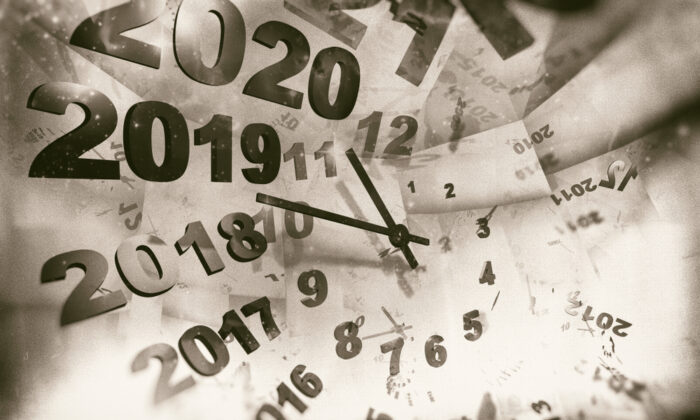
“I’m gonna build a time machine
So I can go back and make the scene
I’m gonna make some time
with my Egyptian Queen
In my little old time machine.”
Those lyrics from the 1960 hit song “Time Machine,” performed by Dante & the Evergreens, are just the tip of the proverbial iceberg when it comes to humankind’s fascination with time travel.
Hollywood has pumped out dozens of movies, like “Back to the Future,” “Kate & Leopold,” “Groundhog Day,” and “Terminator,” in which the protagonist travels back to the past or zips into the future.
ancients told stories of human beings transported across the centuries. In the “Mahabharata,” for example, the epic poem of ancient India, King Kakudmi takes his daughter to meet the creator god Brahma, seeking advice on arranging a suitable marriage for her. Though they are in that place with the Brahma for only a brief time, they find that meanwhile ages have passed on earth.
Fast-forward to the present day and Cedar Creek Battlefield near my Virginia home. Recently, I attended a reenactment on that battlefield. Spread in a valley below me were more than a hundred tents, all looking as they might have more than 150 years ago. A Union general’s staff clattered by on horseback—among them, the young woman wearing her blue uniform was the only anomaly—and I chatted briefly with one of the officers who had copycatted a member of Sheridan’s staff. He had reproduced his uniform, Van Dyke beard, and hairstyle so closely that he might have been the major in the photograph he showed me.
se events honor our history, but they are also exercises in time travel.
Desktop Time Machines
In the last two centuries, writers as well have given us a veritable library of time travel adventures.
In Washington Irving’s “Rip Van Winkle,” a man under a spell sleeps for 20 years and wakes on the other side of the American Revolution. “A Christmas Carol” by Charles Dickens gives us the old miser Ebenezer Scrooge, whose journeys into the past and the future change his life forever. Mark Twain’s “A Connecticut Yankee in King Arthur’s Court” yanks a man of the 19th century back to the days of knights, tournaments, and superstition.
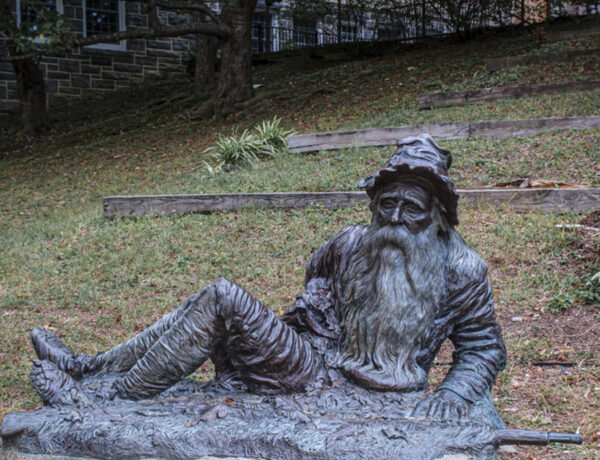
“Golf in the Year 2000” is J. McCullough’s 1892 novel in which Alexander Gibson, inveterate golf player, is transported from 1892 to the year 2000, where he finds such marvels as bullet trains and digital-like watches. He also discovers that women have taken over the jobs of many men, leaving them to play golf full time. And then of course there’s “ Time Machine,” H.G. Wells’s 1895 novel about a future in which human beings are divided into the gentle Eloi and violent Morlocks.
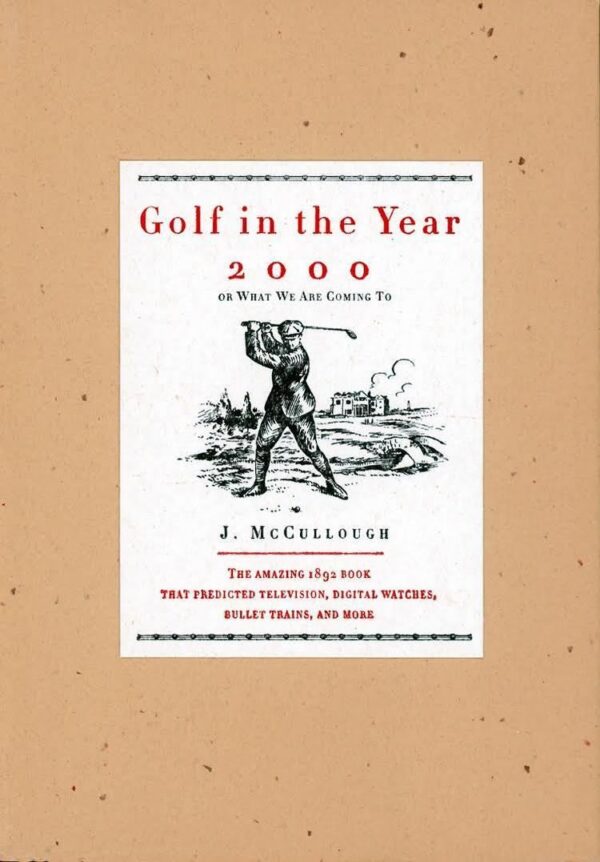
In the 20th century, writers continued to explore time travel, what the past meant and what the future might bring. Ray Bradbury’s “A Sound of Thunder,” a short story about hunters transported into the distant past to stalk and kill a Tyrannosaurus rex, raises the dire consequences of changing history. Audrey Niffenegger blends romance and science fiction in “ Time-Traveler’s Wife,” her story of a husband who involuntarily travels through time and his long-suffering and anxious wife.
And then there’s Jack Finney (1911–1995).
About Time
An advertising executive turned science fiction writer—his novel “ Body Snatchers” was a hit and was made into several films—Jack Finney is best known for his 1970 novel, “Time and Again.”
It’s 1970, and Si Morley, who works as an advertising illustrator, receives an invitation to join a secret government project aimed at sending human beings back in time. Morley passes muster with the project’s directors and is then ensconced in Dakota apartment building, with everything in his accommodations, including newspapers, from 1882. Through this device and hypnosis, Morley finds himself transported back to a New York in the late 19th century.

In his journeys back and forth through time, Si undergoes several adventures. He meets a blackmailer, narrowly escapes death from a catastrophic fire, makes numerous drawings of the people, streets, and buildings of the city—the book includes these along with period photographs—and falls in love with Julia Charbonneau, the niece of the landlady of the boarding house where he rents a room.
Eventually, he discovers that the government is less interested in exploring the past than in changing it. As one official explains to Si, “To correct mistakes of the past which have adversely affected the present for us—what an incredible opportunity.”
creator of this time travel project, Dr. Danziger, has resigned his post in protest against this evil project and pleads with Si to nullify these plans. Si then faces several dilemmas. Should he obey his superiors or follow Danziger’s plea? If he chooses the latter, how will he kill the project? And should he stay in 1882 to be with Julia or return to his life in Manhattan?
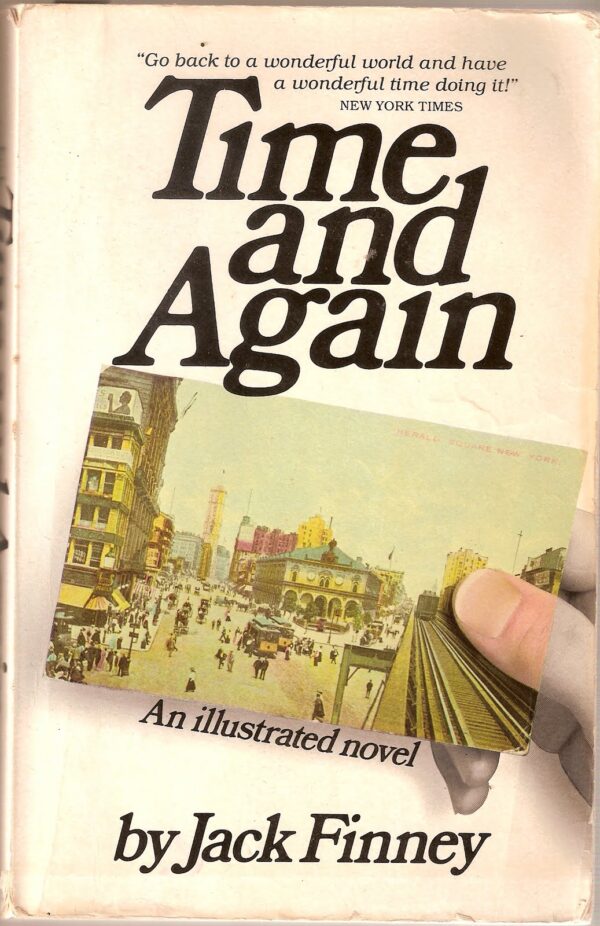
Magic
What is as impressive as the plot and the characters from “Time and Again” is Finney’s meticulous re-creation of Old New York. From clothing to street cars, from his descriptions of buildings to haberdasheries, meals, and entertainment, he brings this city to life for readers as few novelists can.
And in the people themselves, Si finds a great deal of difference from our own time:
“I’m certain it wasn’t a matter of clothes, of makeup or its absence, or of hair styles. Today’s faces are different; they are much more alike and much less alive. … It was in the faces of women moving along the Ladies’ Mile and into and out of those splendid lost stores. … You could look at their eyes as they passed and see the pleasure they felt at being outdoors, in the winter, in a city they liked. …”
What is amusing in this comparison between 1882 and 1970 is how much more we have changed in the last 50 years. Speaking of the modern world, Si found, “Faces don’t have that look now; when alone, they’re blank, and closed in.” What might he think today, when so many pedestrians are more isolated than ever, captive to their cellphones and earbuds?
In addition to “Time and Again,” Finney wrote a sequel to that novel, “From Time to Time,” and published a collection of short stories regarding time travel titled “About Time.” In both books, as in “Time and Again,” he displays a sentimental regard for the past. My personal favorite in “About Time” is “Where the Cluetts Are,” in which Sam and Ellie Cluett build a house with plans from the early 1880s and then begin to live in it as if they were in the past. story ends: “Ellie and Sam are living far back in the past; that’s where they are. For their house is haunted by its old self. And its ghost has captured the Cluetts—rather easily; I think they were glad to surrender.”
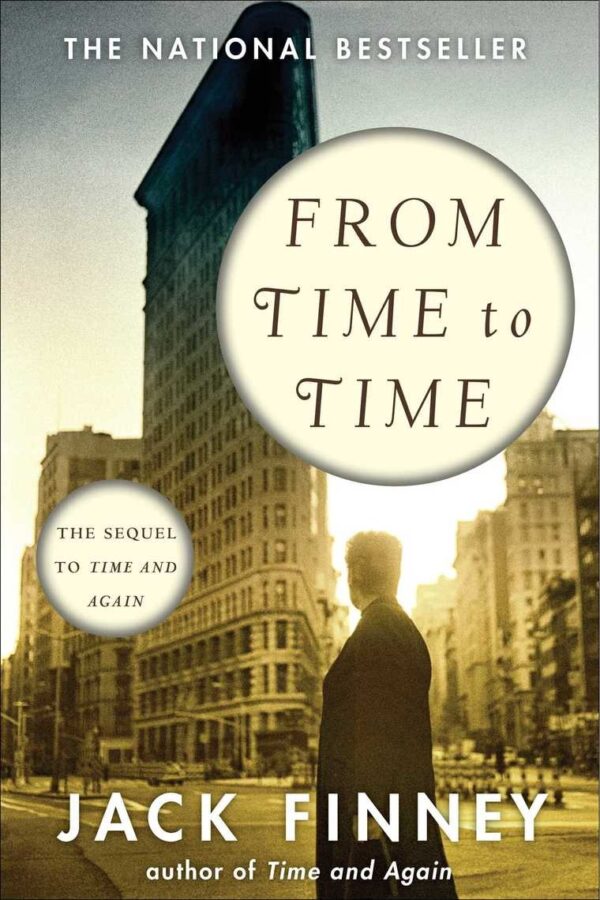
Pitfalls of Nostalgia
re is a danger in looking at the past through rose-colored glasses, a temptation to which I and, I suspect, other readers as well fall prey. Yes, in so many ways life in Finney’s 1882 was much simpler and less entangled with technology than our own, but would I want to live in a world without penicillin, hot showers, cars, and computers?
Nope.
Edward Arlington Robinson begins “Miniver Cheevy” with these two verses:
Miniver Cheevy, child of scorn,
Grew lean while he assailed the seasons;
He wept that he was ever born,
And he had reasons.
Miniver loved the days of old
When swords were bright and steeds were prancing;
vision of a warrior bold
Would set him dancing.
And Robinson ends with this observation:
Miniver Cheevy, born too late,
Scratched his head and kept on thinking;
Miniver coughed, and called it fate,
And kept on drinking.
We shouldn’t wish to be a Miniver Cheevy.
Lessons and Pleasures
On the other hand, some researchers have found that a certain degree of nostalgia for our personal past can be beneficial, encouraging us in negative circumstances, increasing our sense of continuity with our younger selves, and pointing us with hope to the future.
same is true when we read novels like “Time and Again” or watch films like “Kate and Leopold.” Our ancestors and their ways, which sometimes seem as distant as that Egyptian Queen in the song “Time Machine,” can offer us insights and wisdom if we have the ears to listen and the eyes to see.
Here’s one such lesson about time from an American historian, Alice Morse Earle (1851–1911): “Yesterday is history. Tomorrow is a mystery. Today is a gift. That’s why it is called the present.”
Sounds about right.
Jeff Minick has four children and a growing platoon of grandchildren. For 20 years, he taught history, literature, and Latin to seminars of homeschooling students in Asheville, N.C. He is the author of two novels, “Amanda Bell” and “Dust On ir Wings,” and two works of non-fiction, “Learning As I Go” and “Movies Make Man.” Today, he lives and writes in Front Royal, Va. See JeffMinick.com to follow his blog.
Pezou : Future Dreamed, the Past Imagined: Time Traveling and Literature